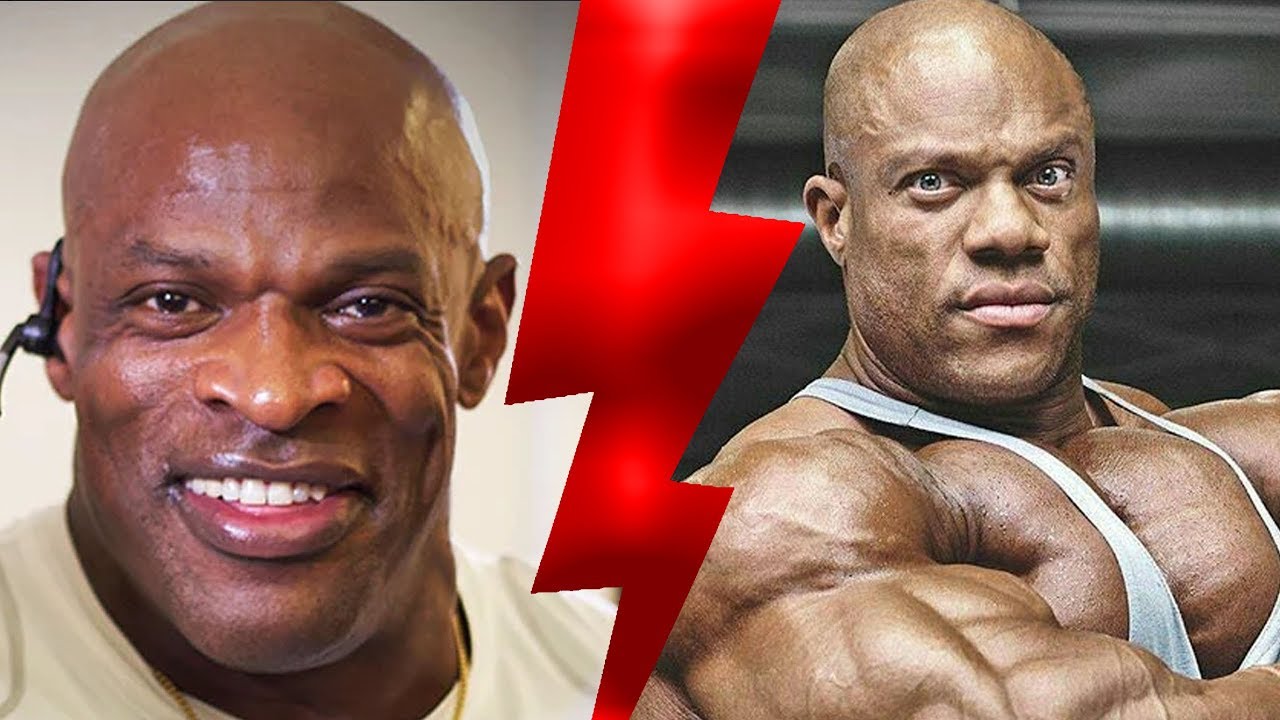

This can mean time spent standing, moving about, or even fidgeting. NEAT (non-exercise activity thermogenesis) refers to the calories you burn doing spontaneous activity that is not exercise or training. If you want to calculate your total calorie expenditure, so you can work out how much to eat in order to achieve your goals, you need to add a few other factors.
BEST WAY TO CALCULATE TDEE HOW TO
Your basal metabolism rate is produced through the following BMR calculation:įor men: BMR = 66 + (13.7 × weight in kg) + (5 × height in cm) – (6.8 × age in years)įor women: BMR = 655 + (9.6 × weight in kg) + (1.8 × height in cm) – (4.7 × age in years) How to calculate your total daily caloriesīMR only refers to your body’s basic life-sustaining functions.

You can Google “ Harris Benedict ” to find an easy online calculator, but if you’re interested to know how it works, this is how Harris Benedict crunches the numbers. Arthur Harris and Francis Benedict published “A Biometric Study of Human Basal Metabolism” ( 1 ) History buffs might like to know that it dates back to 1918 when J. Remember to revisit your BMR calculation, especially if you are gaining or losing weight, as it will change (and if you don’t take this into account, you could end up overeating or undereating for your goal). This equation incorporates your weight, height, age, and sex. The Harris Benedict Formula is widely accepted as the best way to calculate BMR. The hormone T4 (thyroxine) impacts BMR, and hypothyroidism (low T4) can have a significant impact on metabolic rate. It takes energy to keep the body cool in hot climates, and your body also demands energy to keep the body warm in very cold environments. Women typically have a lower BMR than men but this is due to weight and fat/muscle mass, so a trained woman may have a higher BMR than an untrained man. As such, any calories burned from activity may also go down. Your body will expend more energy if you are ill, particularly if you are running a fever or recovering from injury. Not to worry though, this can be minimised by strength training. AgeīMR can reduce with age, because we tend to lose muscle mass with age. Your ratio of fat to muscle tissue can impact your BMR as fat has a slightly lower metabolic rate. Your height, weight, and even the surface area of your body will reduce or increase your body’s basal metabolic rate. Here are 7 factors that can affect your BMR: BMR can vary surprisingly between individuals, which is why you need to know yours if you want to get your daily calorie needs right. Unfortunately, it doesn’t quite work like that. You might think everyone’s BMR is the same, given that we all have (mostly) the same organs and basic functions. But your daily calorie needs are so much more than the energy you burn training, doing cardio, or walking around.īefore all of that happens, your body needs energy to fuel those life-sustaining functions. You already know that body recomposition (fat loss or muscle gain) comes down to energy balance. BMR incorporates the energy needed for breathing, digestion, cell renewal, tissue repair, brain function and all those other crucial things that you can’t see happening but are absolutely necessary.Īs the name suggests, your basal metabolic rate is the rate of energy expenditure for your body’s most basic functions. It refers to the calories (energy) your body uses when it is simply existing. What is BMR?īMR stands for basal metabolic rate.

In this guide, our PhD experts give you the lowdown on BMR calculation and how you can work out your BMR to take your goals to the next level. If you’re keen to have more energy, or maintain your body composition, knowing your BMR will help. If you want to lose weight or gain muscle, you need to understand your BMR. Knowing how to calculate your BMR is useful whatever your fitness goal.


 0 kommentar(er)
0 kommentar(er)
